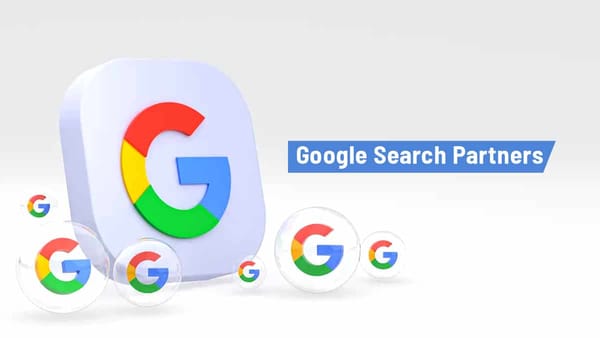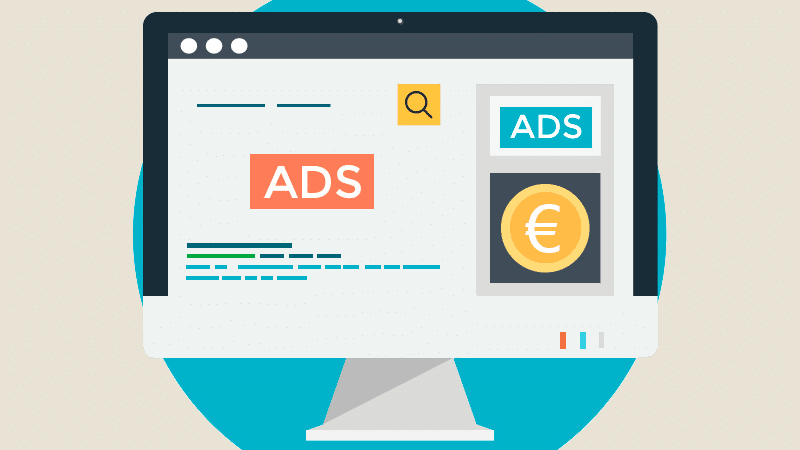How Digital Marketing Works: A Complete Guide to Boosting Your Online Presence

Introduction
In the digital age, businesses must adapt to the evolving world of digital marketing to stay competitive. But how does digital marketing actually work, and why is it so important for businesses today? In this comprehensive guide, we'll break down the components of digital marketing, the strategies that drive its success, and how it can be used to grow your business. Whether you're a beginner or a seasoned marketer, this article will provide valuable insights into how digital marketing can transform your brand’s online presence.
What is Digital Marketing?
Digital marketing refers to any marketing efforts that use digital channels to reach potential customers. Unlike traditional marketing, which relies on print, television, and radio ads, digital marketing utilizes online platforms to connect with audiences. These channels include search engines, social media platforms, email, websites, and more.
At its core, digital marketing is about leveraging technology to improve brand visibility and engage with the target audience in a way that resonates with their preferences and behaviors.
Key Components of Digital Marketing
- Search Engine Optimization (SEO)
SEO is one of the foundational elements of digital marketing. It involves optimizing your website to rank higher on search engine results pages (SERPs). The goal is to make your content more discoverable to users who are searching for information, products, or services related to your business.- On-Page SEO: Optimizing elements like meta tags, header tags, images, and URL structure.
- Off-Page SEO: Building backlinks and fostering a strong online reputation.
- Technical SEO: Ensuring your website is technically sound with a fast load time, mobile optimization, and secure HTTPS.
- Content Marketing
Content marketing is a powerful tool for attracting and engaging customers. By creating valuable, informative, and relevant content, businesses can build trust with their audience and position themselves as industry leaders.- Blog posts, articles, infographics, videos, and eBooks are some of the common forms of content marketing.
- The key to successful content marketing is consistency, relevance, and quality.
- Social Media Marketing
Social media marketing involves promoting content and engaging with customers through platforms like Facebook, Instagram, Twitter, LinkedIn, and TikTok. These platforms are ideal for building a community around your brand and engaging directly with your audience.- Paid social media ads can also be used to target specific demographics, interests, or behaviors, amplifying your reach.
- User-generated content and influencer collaborations are increasingly effective strategies for building credibility and trust.
- Email Marketing
Email marketing remains one of the most effective methods for converting leads into customers. By sending targeted emails with personalized messages, businesses can nurture their relationships with prospects and drive sales.- Email campaigns can include newsletters, promotional offers, product updates, and follow-up emails.
- Effective segmentation, A/B testing, and automation can help improve email marketing performance.
- Pay-Per-Click (PPC) Advertising
PPC advertising is a model where businesses pay a fee each time their ad is clicked. Google Ads and Facebook Ads are among the most popular PPC platforms. PPC allows businesses to bid for ad placements on search engines or social media platforms to reach their target audience quickly.- One key benefit of PPC is its ability to generate instant traffic and leads.
- PPC campaigns require careful keyword research, ad copy testing, and budget management to ensure a good return on investment (ROI).
- Affiliate Marketing
Affiliate marketing involves partnering with individuals or companies to promote your products in exchange for a commission on sales. Affiliates can be bloggers, influencers, or businesses who use their online presence to drive traffic to your website.- This form of marketing is performance-based, meaning you only pay for successful sales or leads.
- It is an effective strategy for expanding reach without a large upfront investment.
- Influencer Marketing
Influencer marketing has become an increasingly popular strategy in recent years. It involves collaborating with social media influencers who have large followings to promote your products or services.- Influencers help amplify your message to their audience, and their endorsement can lend credibility to your brand.
- It's important to choose influencers whose values align with your brand and whose audience fits your target market.
How Digital Marketing Works for Your Business
Now that we’ve covered the main components of digital marketing, let’s explore how these elements work together to help your business succeed.
- Building Brand Awareness
Digital marketing allows businesses to reach a larger audience and create awareness around their brand. Through SEO, social media, and content marketing, you can put your brand in front of potential customers who are actively searching for solutions to their problems. - Engaging with Your Audience
Digital marketing allows you to interact with customers in real-time. Whether through social media comments, live chats, or personalized email campaigns, businesses can create an ongoing conversation with their audience. This engagement builds relationships and fosters trust. - Converting Leads into Customers
The ultimate goal of digital marketing is to convert leads into paying customers. With strategies like email marketing, PPC advertising, and optimized landing pages, businesses can guide potential customers down the sales funnel, from awareness to decision-making. - Analyzing and Improving
One of the greatest advantages of digital marketing is the ability to track and measure results. Analytics tools such as Google Analytics allow businesses to track website traffic, user behavior, and conversion rates. This data provides valuable insights that help improve strategies over time.
Digital Marketing Strategies to Consider
- Search Engine Marketing (SEM)
If SEO is the foundation of organic search visibility, SEM is the paid counterpart. SEM can complement your SEO efforts by placing your website at the top of search engine results through paid advertising. - Remarketing and Retargeting
Remarketing allows you to reconnect with visitors who have interacted with your website or digital ads but haven’t converted yet. Using cookies, businesses can serve targeted ads to these users, reminding them of your products or services. - Video Marketing
Videos are one of the most engaging forms of content. Platforms like YouTube and social media sites allow you to reach a massive audience with video ads, tutorials, and product demos. - Voice Search Optimization
With the rise of voice-activated devices like smartphones and smart speakers, optimizing your content for voice search is crucial. This means focusing on natural language and long-tail keywords that people use when speaking.
Conclusion
Digital marketing is an essential strategy for any business looking to thrive in the modern world. By understanding the different components of digital marketing, implementing the right strategies, and continuously optimizing your efforts, you can significantly boost your online presence and reach your target audience more effectively.
Whether you’re focusing on SEO, content creation, social media marketing, or paid advertising, the key to success in digital marketing is consistency and a customer-first approach. As technology continues to evolve, so too will the strategies and tools available, but the core principles of digital marketing will remain the same: connect, engage, and convert.




